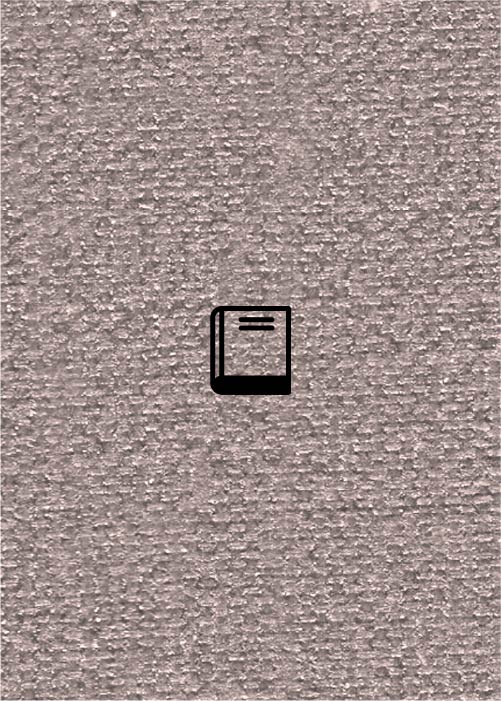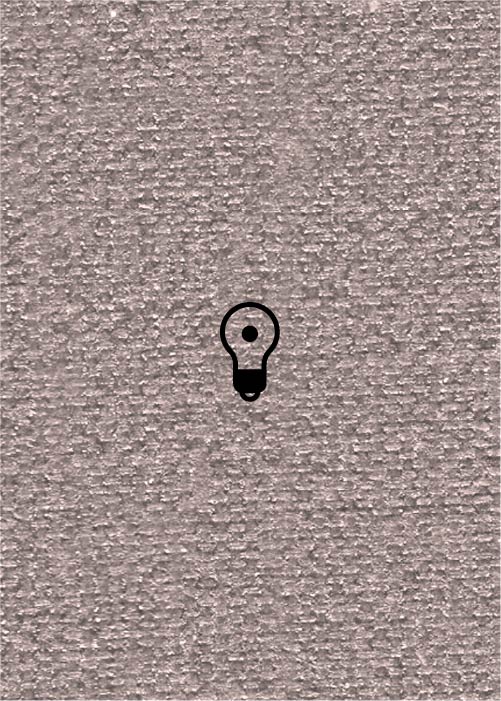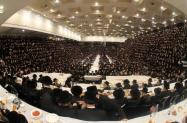(148 results found)
Tish
… crowd. During the feast, the rabbi and/or his Hasidim, sing niggunim , Zemirot , or various texts related to the event. … movements and handclaps, with which he accompanies the niggunim . In these cases, the crowd follows the rabbi … the Tish The structure of the Tish, including its texts and Niggunim, may vary with the different dynasties. Some …

Badekns Nign
This book is accompanied by a CD (recording no. 4090) of music from some of the…
Four Melodies for Four Questions
… wrote that this text should be sung with a pleasant tune ( niggun yafeh ; see, Sefer Maharil , Jerusalem 1978, Hilkhot … 1884, no. 4). Schönfeld’s version , defined as “gemara niggun,” is similar to Baer’s except for the use of … Nathanson qualifies the tune, as Schönfeld does, as “niggun gemara.” The same tune also entered the New Haggadah …

The Musical Tradition of Hasidim
… Sfarim … Encyclopedia Judaica … … Traditions … Hassidim … Niggunim … Niggun … 1971 … Israel … Tradition … Hasidim … Hasidism … Folklore … Niggun … Niggunim … Eastern Ashkenazi … Yaakov Mazor … Andre …

Songs of the Chassidim: An Anthology
… … New York … Bloch publishing company … … Hassidim … Niggunim … Niggun … Hassidic … 1968-1971 … Folk songs … Hasidim … Hasidism … Niggun … Niggunim … Hasidic … Eastern Ashkenazi … Velvel …

Gasn nign
This book is accompanied by a CD (recording no. 4090) of music from some of the…

Gas-nign (LKT)
This entry is part of the Lexicon of Klezmer Terminology (LKT). The LKT…

Beitrag zur Legende der Mi-Sinai Melodien
… … Rabbinerkonferenz in der Bundesrepublik Deutschland … … Niggunim … Niggun … 18 … 1997 … Liturgy … Niggun … Niggunim … Ashkenaz … Melodies … Ashkenazi … …



